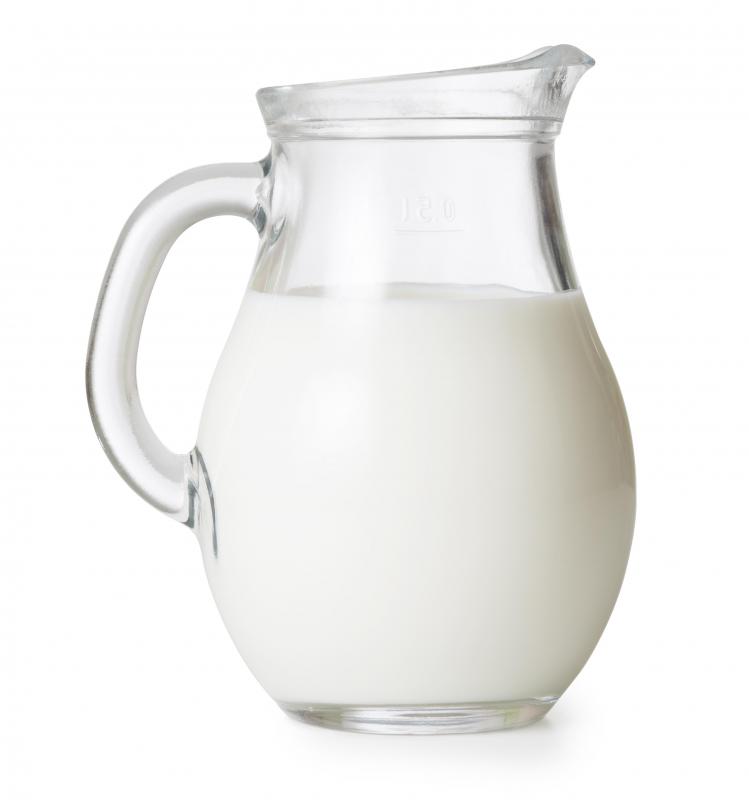At WiseGEEK, we're committed to delivering accurate, trustworthy information. Our expert-authored content is rigorously fact-checked and sourced from credible authorities. Discover how we uphold the highest standards in providing you with reliable knowledge.
What Is Farmhouse Cheddar?
Strictly speaking, farmhouse cheddar is a type of cheddar cheese that is made in small batches using non-mechanical tools. There are few restrictions on using the “farmhouse” designation, however. It is not uncommon for cheese manufacturers to label products “farmhouse cheddar” no matter how they are made, often in an effort to evoke more traditional images of rustic, old-world production.
Cheddar cheese is commercially produced in many markets across the world, but this is a relatively recent phenomenon. For centuries, all cheeses, cheddar included, were made locally. Dairy farmers were some of the first cheddar pioneers. A farmhouse cheddar is a cheese that either uses or emulates the small-batch, low-tech methods of these early producers.

Farmhouse cheddar begins with a vat of fresh milk. The most traditional recipes call for unpasteurized milk — that is, milk that has not been treated to kill bacteria. Most of the time, this sort of milk comes directly from dairy cows, often without even so much as refrigeration.
The milk must be slowly heated and combined with an enzyme compound. Rennet, a bovine stomach substance, is the enzyme source for most farmhouse cheddar. The compound is typically harvested from the fourth stomach of calves that have been fed an exclusively milk diet.

Once exposed to the rennet enzymes, the warmed milk will form curds. To make farmhouse cheddar, cheesemakers must strain these curds, then separate them. Wooden peg mills or hand-powered cranks are the preferred tools for this task, as they allow the cheesemaker to control the force and strength of the separation. A lot of the technique boils down to individual knowledge of what “looks right” or “feels right.”
Farmhouse cheddar makers must add salt, either in flake or crystal form, to the curds as they are mixing. This is known as “cheddaring,” and is required to achieve the distinctive cheddar flavor. When the curds have absorbed the salt, they are usually hand-pressed into molds, where they are left to age for anywhere for a few days to a few years. In general, the longer a cheese ages, the sharper its flavor will be.
There is some debate amongst cheese purists with respect to whether more advanced techniques — using mechanized curd separation machines, for instance, or making use of an artificial, vegetarian-friendly enzyme compound in place of rennet — should prohibit a cheese from being labeled as “farmhouse.” To avoid controversy, many more modern cheese operations label their products “farmhouse style.” This indicates that the product bears some resemblance to a traditionally crafted cheese, but may make use of more modern equipment and ingredients.
Farmhouse cheddar is only one of many types of cheddar. It is generally characterized by a brittle, crumbly texture, and ranges in color from off-white to pale orange. Most of the time, it is prepared plain, without additions or extra flavoring agents. Farmhouse and farmhouse-style types of cheese are usually considered among the most basic, but also the most organic and authentic.
AS FEATURED ON:
AS FEATURED ON:












Discuss this Article
Post your comments